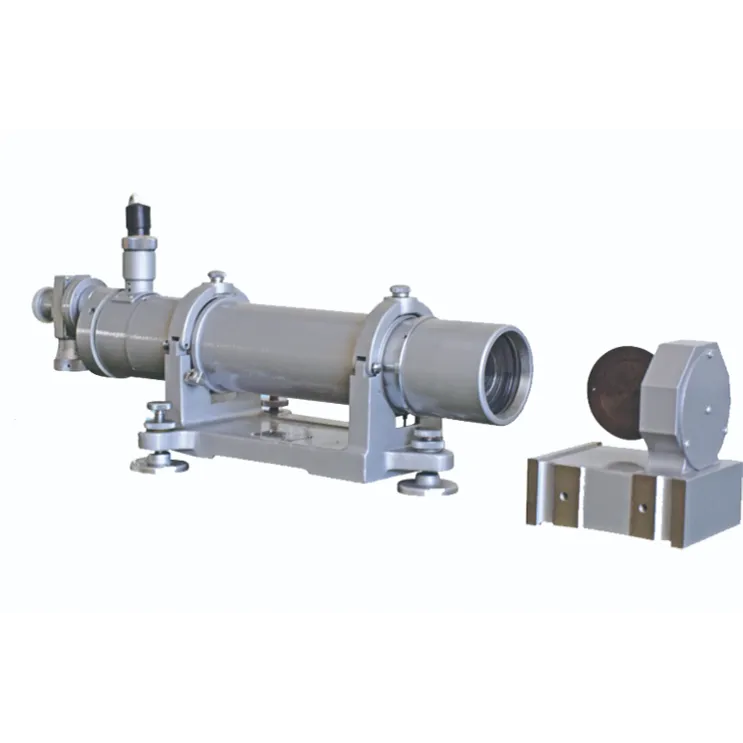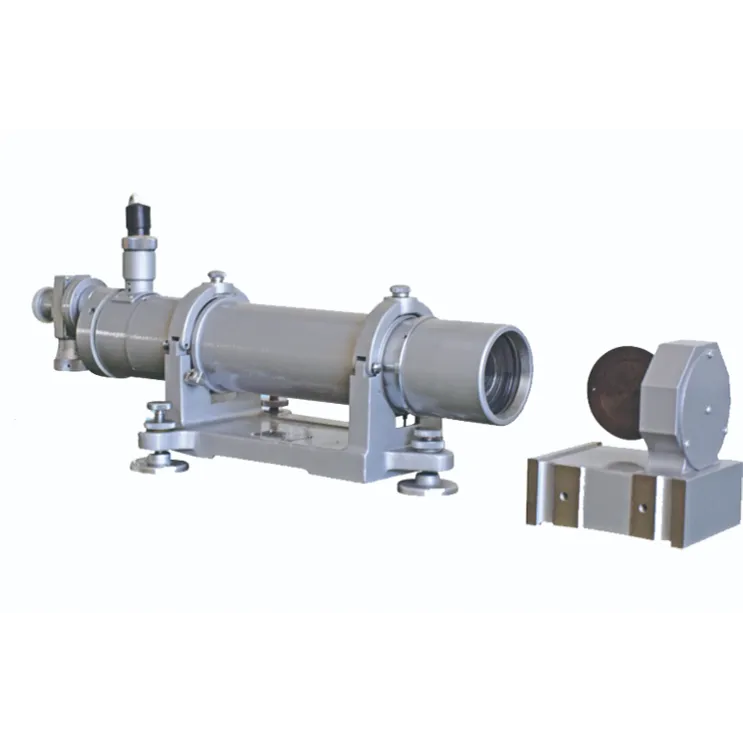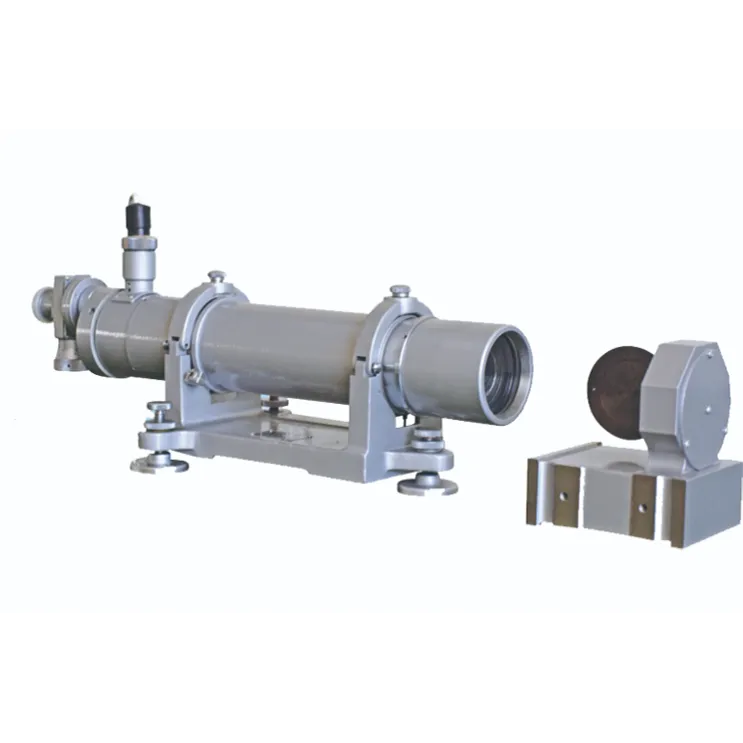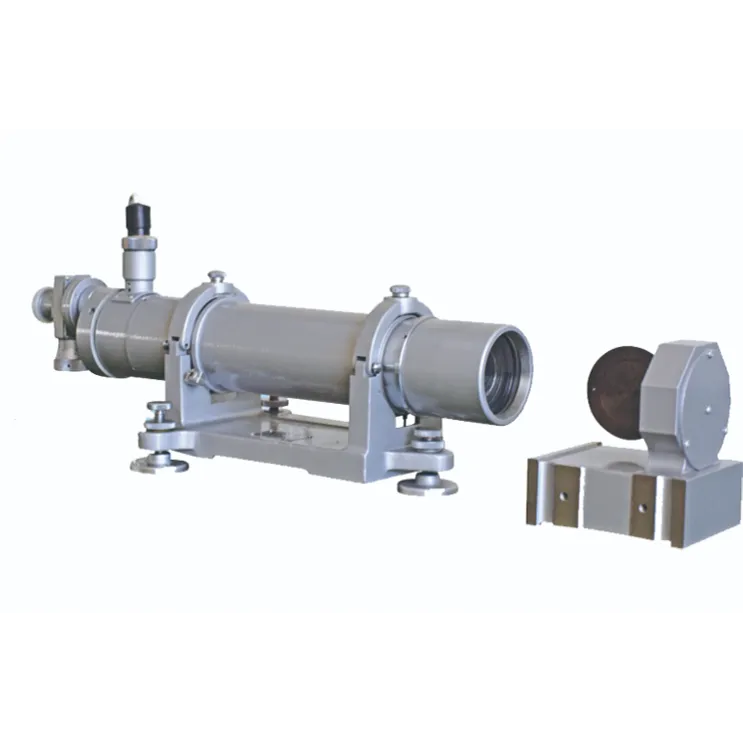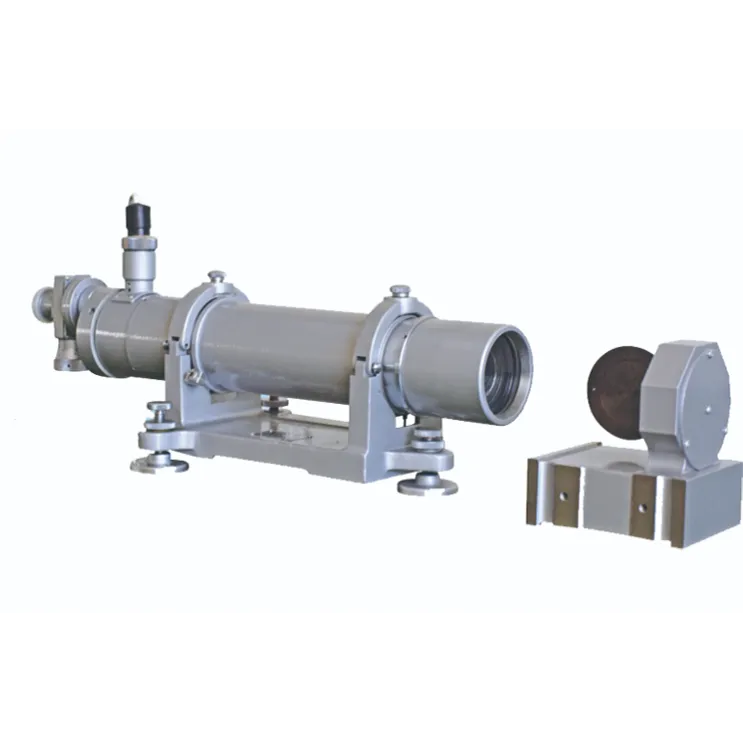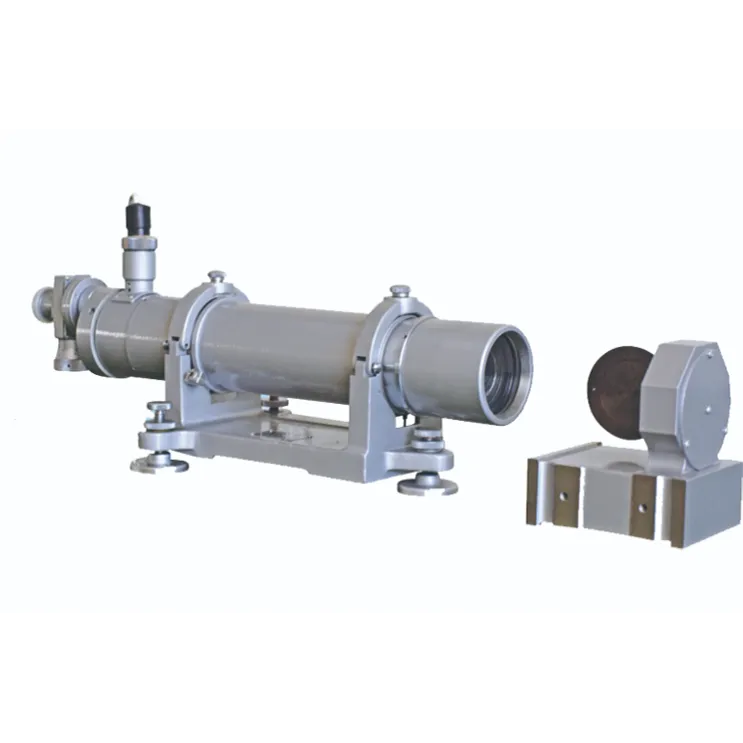
- Afrika
- basa Albania
- Amharik
- Arab
- Arménia
- Basa Azerbaijan
- Basque
- Bélarus
- Benggala
- Bosnia
- basa Bulgaria
- Katalan
- Cebuano
- Cina
- Korsika
- Kroasia
- Ceko
- Denmark
- Walanda
- Inggris
- Ésperanto
- Éstonia
- Finlandia
- Perancis
- Frisian
- Galician
- Georgian
- Jerman
- Yunani
- Gujarati
- Kréol Haiti
- Hausa
- Hawai
- Ibrani
- No
- Miao
- Hungaria
- Islandia
- igbo
- basa Indonésia
- Irlandia
- Italia
- Basa Jepang
- basa Jawa
- Kannada
- kazakh
- Khmer
- Rwandan
- Koréa
- Kurdi
- Kirgiz
- Buruh
- Latin
- Lativia
- Lituania
- Luksemburg
- Makedonia
- Malagasy
- Malayu
- Malayalam
- Malta
- Maori
- Marathi
- Mongol
- Myanmar
- Nepali
- Norwegia
- Norwegia
- Occitan
- Pashto
- Pérsia
- Polandia
- Portugis
- Punjabi
- Romania
- Rusia
- Samoan
- Gaelik Skotlandia
- Sérbia
- Inggris
- Shona
- Sindhi
- Sinhala
- Slowakia
- Slovénia
- Somali
- Spanyol
- Sundanese
- basa Swahili
- Swédia
- Tagalog
- Tajik
- Tamil
- Tatar Sunda
- Telugu
- Thai
- Turki
- Turkmén
- Ukrania
- Basa Urdu
- Uighur
- Uzbek
- Vietnam
- Welsh
- Tulung
- Yiddish
- Yoruba
- Zulu
Exploring The Benefits Of Multispectral Satellite Imagery For Earth Observation
The use of multispectral satellite technology has significantly enhanced our ability to observe and understand Earth’s surface in remarkable detail. Through multispectral satellite imagery, researchers, governments, and businesses can monitor environmental changes, manage natural resources, and support disaster response efforts more efficiently than ever before. Unlike conventional imaging, multi spectral satellite imagery captures data from multiple wavelengths, enabling the detection of subtle differences that are invisible to the naked eye. This advanced imaging technique is now a cornerstone of modern Earth observation and plays a vital role in scientific studies and practical applications worldwide.
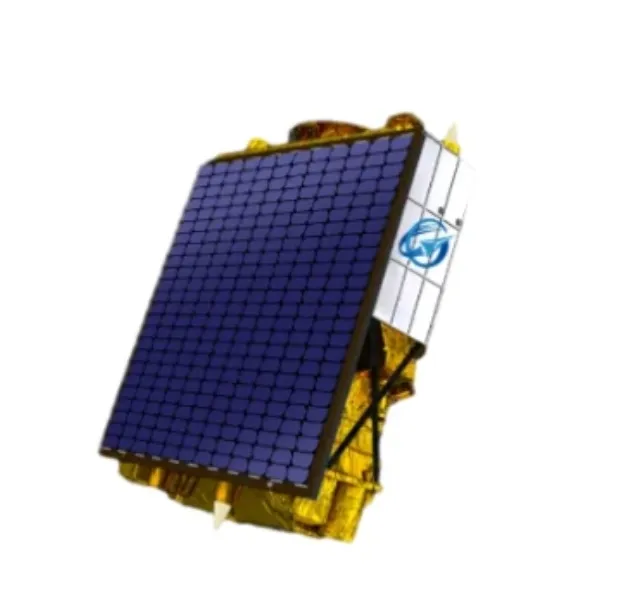
Enhancing Environmental Conservation With Multispectral Satellite Imagery
One of the foremost advantages of multispectral satellite imagery lies in its ability to assist environmental conservation efforts. By capturing detailed images across various spectral bands, these satellites can identify changes in vegetation cover, monitor the health of forests, and detect early signs of drought or disease. Governments and NGOs leverage multispectral satellite data to plan conservation strategies, track endangered species habitats, and assess the impact of human activities on fragile ecosystems. The precision of multi spectral satellite imagery ensures that conservation measures are timely and based on accurate data, fostering more effective protection of our planet’s biodiversity.
Agricultural Innovation Through Multispectral Satellite Technology
Agriculture has benefited tremendously from the advent of multispectral satellite imagery. This technology provides farmers with critical information about soil conditions, crop stress, and nutrient levels without the need for physical inspection. The ability to access up-to-date multispectral satellite data enables precision farming, which improves crop yields while minimizing the use of water, fertilizers, and pesticides. By integrating multi spectral satellite imagery into farm management systems, growers can optimize planting schedules and irrigation plans, leading to more sustainable and cost-effective agriculture. This approach not only supports food security but also reduces the environmental footprint of farming operations.
Disaster Management Supported By Multispectral Satellite Imagery
In times of natural disasters, the rapid availability of accurate information is crucial. Multispectral satellite imagery provides emergency responders with real-time data about affected areas, helping them assess damage, coordinate rescue efforts, and allocate resources effectively. The ability of multispectral satellite sensors to capture images through clouds and smoke makes them invaluable during events like wildfires, floods, and hurricanes. Additionally, multi spectral satellite imagery supports post-disaster recovery by monitoring changes over time and identifying areas in need of urgent assistance. This technology enhances situational awareness, ultimately saving lives and reducing economic losses.
In conclusion, the capabilities of multispectral satellite technology and its imaging applications continue to revolutionize how we understand and interact with the Earth. From environmental conservation and agricultural innovation to disaster management, multispectral satellite imagery provides vital insights that drive better decision-making across multiple fields. As technological advancements improve the resolution and accessibility of multi spectral satellite imagery, its impact will only grow, making it an indispensable tool for building a sustainable and resilient future.






